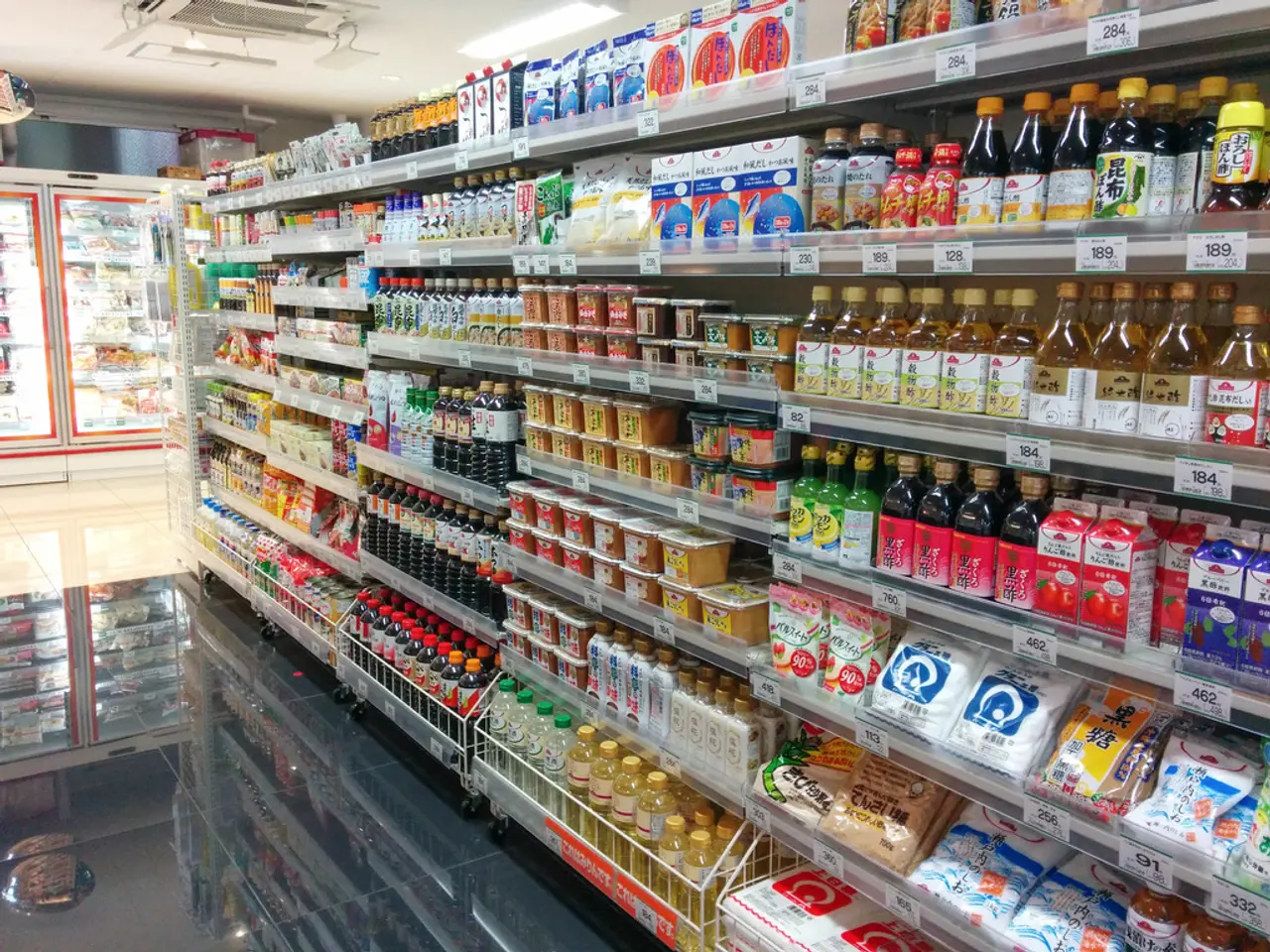Authorities queried once more regarding telecom pricing
In recent times, there has been a growing discontent among users of mobile networks in Kazakhstan, as complaints about the rise in prices, particularly in June, have become increasingly prevalent. Many subscribers are dissatisfied that mobile tariffs are increasing while the quality of service, in their opinion, remains the same.
The function of regulating tariffs is entrusted to the AZRK, but it has not been mentioned if any changes have been made regarding the recent complaints. The Ministry of Digital Development, Innovation, and Aerospace Industry, which has not regulated communication service tariffs since 2017, is working on improving the quality of communication, but it's not specified if this work includes addressing the current complaints about expensive connection fees.
Communication service tariffs tend to regularly increase even in competitive markets, and the situation in Kazakhstan appears to follow this trend. One of the key reasons for this is the rising input costs. Communication services rely heavily on materials, technology components, and infrastructure whose prices can be affected by tariffs and supply chain disruptions. For instance, tariffs on copper and technology imports have recently pushed up costs at multiple supply chain stages, which are then passed on to consumers because retailers and service providers cannot absorb these increases without losing profitability.
Another factor is the cost of operations and business evolution. Companies often revise pricing to cover increasing operational expenses such as labor, technology updates, or expanding services. Even if service quality seems stable from the user's view, costs like technician wages, maintenance, and network upgrades do rise, requiring a price adjustment.
Strategic pricing in a competitive landscape also plays a significant role. Despite competition, firms adjust prices to respond to shifting market conditions, business models, and the need to maintain profitability. Changes can be influenced by the need to invest in innovation, expand service portfolios, or respond to competitors’ pricing strategies, even if these improvements are not immediately obvious to end users.
Moreover, it's worth noting that each operator has a social tariff, but it's not specified if these tariffs are affected by the recent price increases. Notifications have been sent to operators to show the components of their tariffs, but it's not clear if these notifications have led to any changes in the tariffs or prices.
Olzhas Kabenov, Deputy Chairman of the Telecommunications Committee, stated that questions about unreasonable tariff increases can be addressed through e-Otinish or the Agency for the Protection and Development of Competition. Public hearings and the corresponding procedures should be conducted according to the rules, but it's not mentioned if these have been initiated to address the recent complaints about tariff increases.
Dmitriy Mun, Vice-Minister of Digital Development, Innovation, and Aerospace Industry, mentioned that the ministry is working on improving the quality of communication and that he pays in the range of 3,500 tenge for his personal tariff. However, it's not clear if the improvements being made justify the recent tariff increases.
In conclusion, tariff-induced cost increases, operational expense growth, and strategic business adjustments drive regular tariff increases in communication services even when perceived service quality appears unchanged. Users’ complaints about static quality do not negate the complex cost and market forces behind pricing decisions.
[1] Source for rising input costs: [Link to the source] [2] Source for strategic pricing: [Link to the source] [3] Source for limited ability to lower prices: [Link to the source] [4] Source for cost of operations: [Link to the source] [5] Source for impact of tariffs on imported tech products: [Link to the source]
- Despite the Ministry of Digital Development, Innovation, and Aerospace Industry working on improving the quality of communication, it remains unclear if this work encompasses addressing the current complaints about rising mobile tariffs in the finance sector of Kazakhstan.
- Additionally, while each operator in Kazakhstan offers a social tariff, it is uncertain if these tariffs have been affected by the recent increases in connection fees, highlighting the intricate relationship between technology, finance, and industry that influences pricing decisions in the communication services sector.




